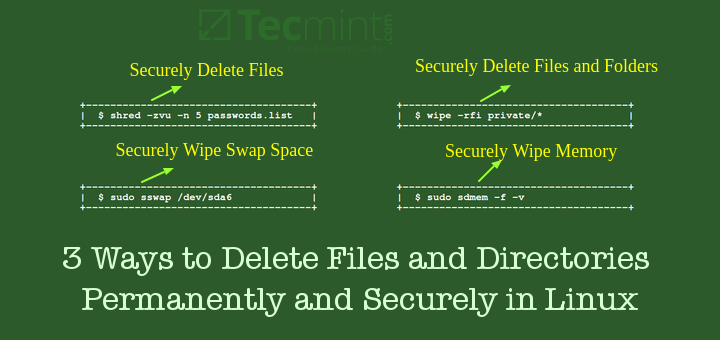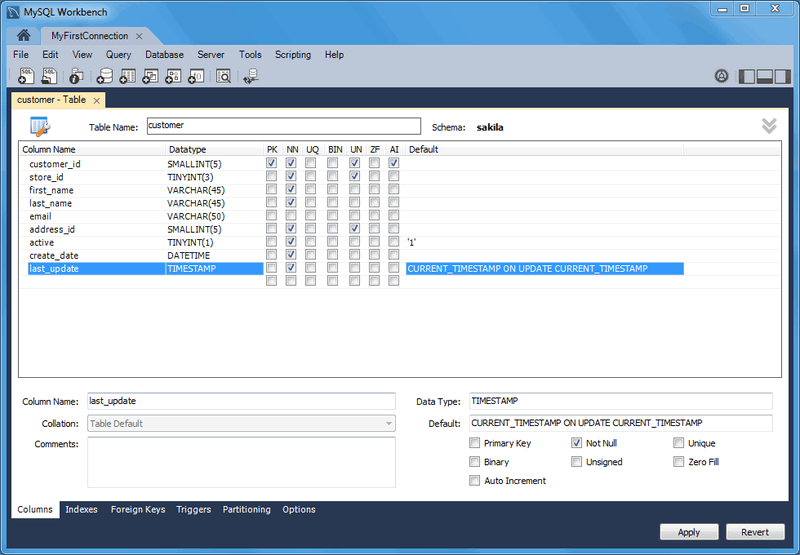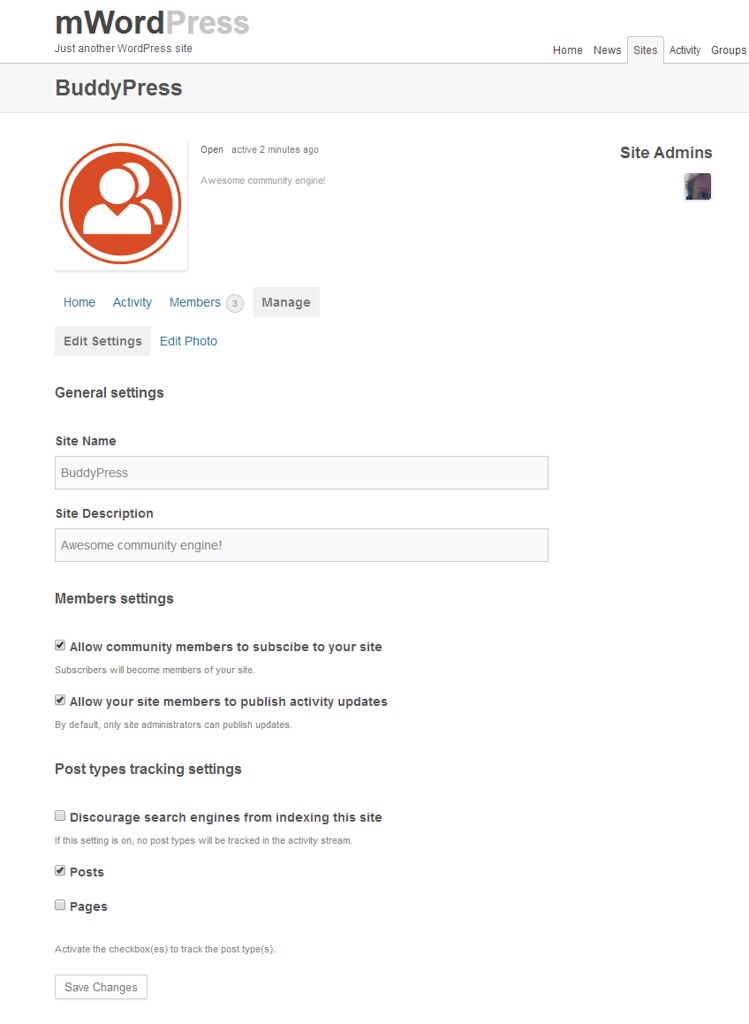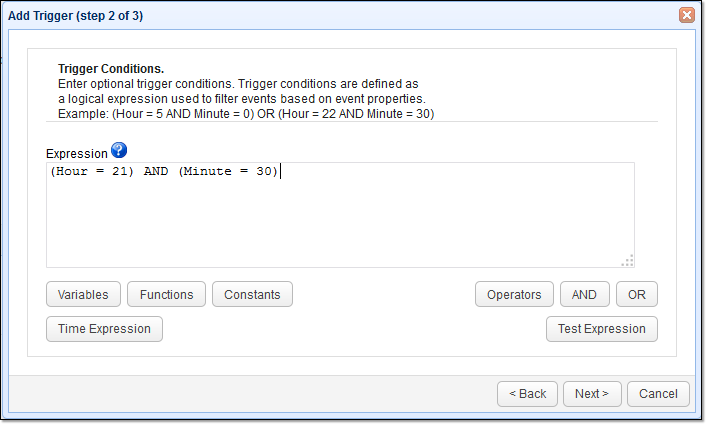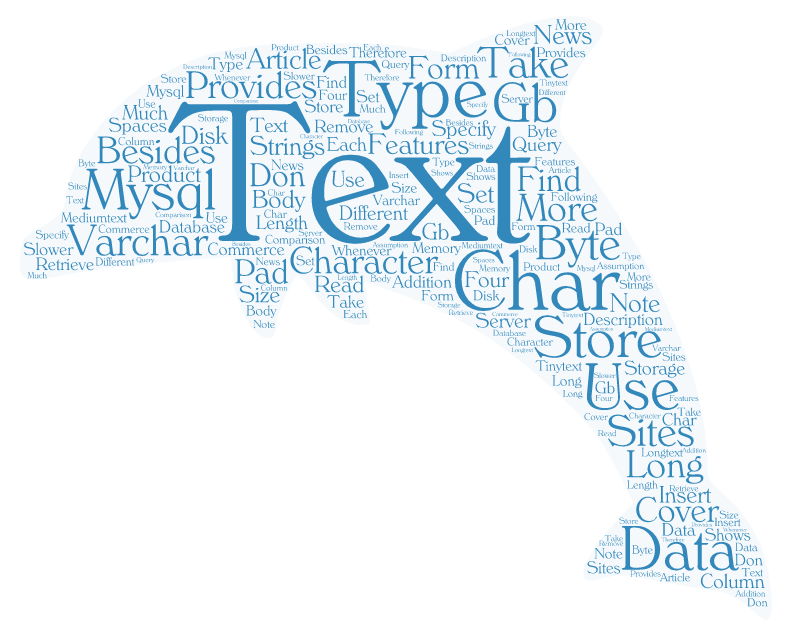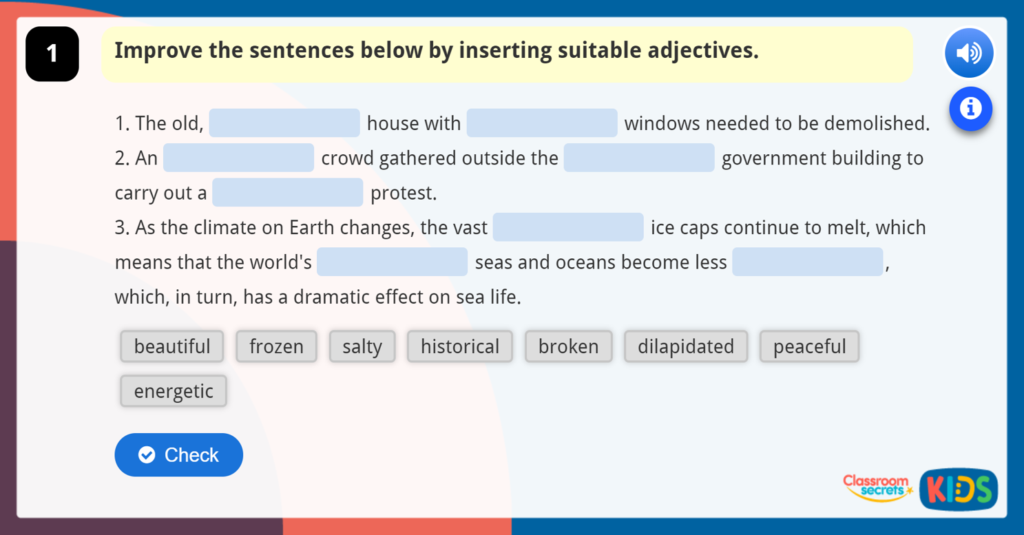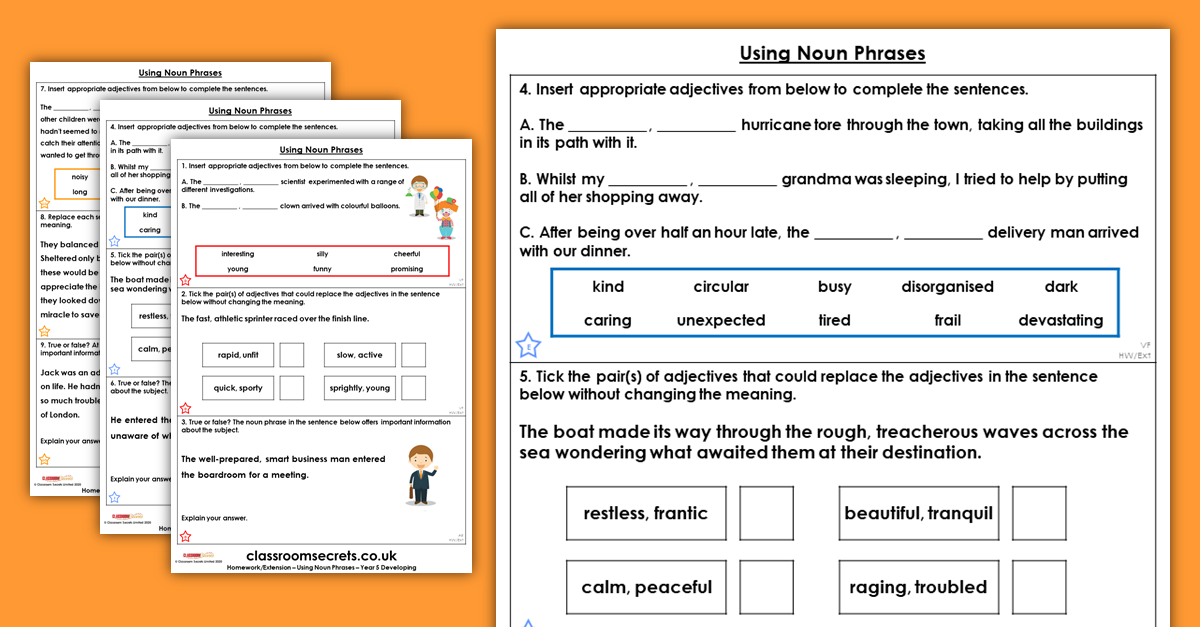The trigger's sole operate is to insert rows into the log table, one for every row affected by a given write operation. It is simple, set-based, and straightforward to doc and preserve as time passes, and the desk changes. Additional columns might be added if necessary to trace different details, comparable to database name, server name, a list/count of columns affected, or the calling application. I'm at present creating archive statistics for my database, the place every desk x has a corresponding x_archive table. My answer was to create a set off for every desk that necessary replication that might insert the deleted statistics into the archive table.
The set off appears to run simply fine, with the info being replicated to the archive table. If I run the identical delete assertion once more , equally the row within the unique desk and the archive desk is deleted. I've additionally tried to create set off capabilities which might be particularly tailor-made to inserting right into a selected table, however the identical end result occurs. The MySQL triggers act as collectors that sums up all of the values inserted into the columns of associated desk or deleted or say up to date values of the table. This shops the lists of operations carried out for occasions executed simultaneously.
The MySQL AFTER or BEFORE Trigger is used to invoke the triggers and add the eliminated information into the linked up archive desk within the database. Using JSON columns to retailer the previous and new state of the row that will get created, updated, or deleted is a lot higher than itemizing all of the columns within the audit log table. Trigger is activated BEFORE or AFTER insert, replace or delete of a record.
A mysql set off can not exist with no affiliation with a desk so we now need to specify desk identify after the ON keyword. The REFERENCING choice permits assortment of transition relations, that are row units that embody all the rows inserted, deleted, or modified by the present SQL statement. This function lets the set off see a worldwide view of what the assertion did, not solely one row at a time. This choice is simply allowed for an AFTER set off that isn't a constraint trigger; also, if the set off is an UPDATE trigger, it should not specify a column_name list.
MySQL MySQLi Database The DELIMITER // would be utilized to vary the assertion from semicolon (;) to //. Now you possibly can write a number of statements with semi-colon in a trigger. Like assess constraints and exceptional constraints, overseas key constraints are yet another approach to validate facts integrity earlier than facts is written. A overseas key hyperlinks a column in a single desk to a supply table.
Whenever information is inserted into the goal table, its worth is checked towards the referenced table. If the worth exists, the write operation proceeds normally. At this time SQLite helps solely FOR EACH ROW triggers, not FOR EACH STATEMENT triggers. FOR EACH ROW implies that the SQL statements laid out within the set off can be executed for every database row being inserted, up to date or deleted by the declaration inflicting the set off to fire. AFTER INSERT triggers are executed when information are efficiently inserted right into a table.
This performance will be utilized to run different business-related logics automatically. For instance, in a financial institution application, an AFTER INSERT set off can shut a mortgage account when a consumer finishes paying off the loan. The set off can monitor all funds inserted to a transaction desk and shut the mortgage routinely as soon as the mortgage stability is zero. Row updates or deletions brought on by foreign-key enforcement actions, corresponding to ON UPDATE CASCADE or ON DELETE SET NULL, are handled as component of the SQL command that brought on them . Relevant triggers on the affected desk could be fired, in order that this promises a further approach during which an SQL command could hearth triggers in a roundabout approach matching its type. In basic cases, triggers that request transition relations will see all ameliorations brought on of their desk by a single unique SQL command as a single transition relation.
MySQL Triggers is a set of SQL statements which are executed routinely on some motion in database tables. It is usually used to execute scheduled activity with some event. Triggers are additionally helpful for checking integrity on the database level. I've seen circumstances the place the Instead of Delete set off is been is used together with row degree safety to exclude all deleted rows.
Triggers could be outlined as INSTEAD OF or AFTER the write operation. In these scenarios, the INSERT, UPDATE, or DELETE operation by no means occurs, and the contents of the set off are executed instead. Each could be invaluable counting on the circumstances and the kind of code that should be managed by way of triggers. An AFTER UPDATE set off is invoked as soon as a database document is up to date successfully.
This conduct makes the set off desirable for audit logging. In a multi-user environment, the administrator will need to view a information of customers updating information in a specific desk for audit purposes. Statement-level triggers on a view are fired provided that the motion on the view is dealt with by a row-level INSTEAD OF trigger. They must be thought-about a final resort and used solely when the choice can be to rewrite TSQL again and again throughout many locations in an application. For triggers to operate efficiently, they ought to be written to be set-based.
If a set off comprises loops or scalar-parameter saved procedures, then operations on a number of rows shall be pressured to function on facts one row at a time. In this tutorial you've created, used, and deleted the several sorts of triggers from a MySQL database. For instance, you need to use them to generate the worth of a derived column in the time of an INSERT statement.
Another use case is implementing referential integrity the place you need to use a set off to save lots of a report to a number of associated tables. Other advantages contain logging consumer actions to audit tables in addition to live-copying information throughout distinct database schemas for redundancy functions to stop a single degree of failure. In contrast, row-level triggers are fired on the rows in affected partitions or baby tables, even when they don't seem to be explicitly named within the query. In the case of inheritance children, the row pictures contain solely columns which are current within the desk that the set off is hooked up to. This MySQL BEFORE DELETE Trigger is created on a database desk to maintain swift desk associated to it that features the deleted rows of the bottom table.
Normally, the BEFORE DELETE Trigger is triggered instantaneously earlier than a MySQL Delete question occasion executes in a table. For the uninitiated, a set off is a rule that you just placed on a desk which mainly says, everytime you DELETE, UPDATE or INSERT a factor on this table, additionally do a factor else. It provides a bit overhead to the preliminary query, however since there should not two packets travelling to your database to do two separate things, there's an total efficiency obtain . A saved process may be used, however the carry out may well present the additional advantage of inlining the operation, permitting the calculation to show up as component of a write operation. An additional advantage of this strategy is that the code resides in a single place and may be altered at any time when essential in a single place.
Similarly, locations that make the most of the operate should be adjusted to quit applying it, or change how they use it. Stored procedures give the liberty to shape operations to be certain as a lot atomicity as possible. One of the rationales usually used for implementing triggers is making certain a set of operations show up consistent with a write operation.
All successes or failures fail as a half of an atomic transaction. Applications don't forever require this degree of atomicity. If necessary, the suitable isolation degrees or desk locking might possibly be utilized from inside a saved system to ensure a transaction's integrity. Maintain a single insert, update, and delete set off at most.
Allowing the variety of triggers on a desk to develop drastically will boost the complexity of the desk and makes understanding its operation harder. One-trigger-per-action ensures that set off order isn't a significant consideration, additionally enhancing maintainability of code and decreasing complexity. This is a database-level setting that's set to off by default. When on, it makes it possible for the contents of a set off to name the identical trigger. If recursion is needed, implement it utilizing a much less obfuscated method. Recursive triggers can drastically hurt efficiency and are exceptionally complicated to debug.
Often, recursive triggers are used when DML inside one set off fires different triggers as portion of an operation. Reducing the variety of write operations in opposition to a desk can remove the necessity for this. Consider INSTEAD OF triggers as a method to permit information to be altered once, with out further operations after-the-fact being required.
The best affliction of triggers is when a single row is inserted, and that write operation leads to one hundred triggers throughout seventy five tables to execute. When writing set off code, be certain that triggers can carry out all needed logic with no triggering extra triggers. The further set off calls are sometimes unnecessary, nevertheless it's going to be laborious to ward off as soon as this deep within the rabbit hole. This might be very thorough and realistically we might basically log the previous edition of the rows and be capable of infer ameliorations by becoming a member of new and previous variations together. The option is as much as the developer to work out if the additional columns are acceptable or wasteful and this determination will differ headquartered on every situation. The final three columns are new and supply context as to the kind of motion carried out , the time, and which consumer did it.
Consider the Sales.Orders desk within the WideWorldImporters pattern database. Imagine that a necessity arose to log all replace or delete actions on this table, together with some element as to who and when the change occurred. This motion might be executed by approach of a saved process or code, however doing so would require adjustments to each place in code writes to the table. Ultimately, triggers enable TSQL to be executed when write operations occur, whatever the supply of these writes. They are sometimes used to run important operations resembling logging, validation, or further DML in situations the place there's a want making positive that the added code all the time executes.
It may be from an API, software code, launch script, or an inner process, and triggers would hearth regardless. SQL Server triggers may be outlined on the server, database, or desk and permit code to immediately execute when detailed actions occur. This article focuses on DML triggers on tables as they have a tendency to bear the brunt of over-usage.
In contrast, DDL triggers on the database or server are sometimes extra concentrated and fewer unsafe to performance. A mysql set off could be utilized to validate values which are going to be inserted right into a desk or can do some calculations or can carry out audit on replace or delete of delicate data. The CREATE TRIGGER assertion is used to add triggers to the database schema.
Triggers are database operations which might be routinely carried out when a specified database occasion occurs. Every time a ebook file is updated, the book_update_audit_trigger is executed, and a book_audit_log row will probably be created to seize each the previous and the brand new state of the modifying ebook record. To seize the INSERT, UPDATE, and DELETE DML statements, we have to create three database triggers which might be going to insert information within the book_audit_log table. In some circumstances it's feasible for a single SQL command to fireside multiple form of trigger. For occasion an INSERT with an ON CONFLICT DO UPDATE clause might trigger each insert and replace operations, so it'll hearth each sorts of triggers as needed. The transition relations provided to triggers are detailed to their occasion type; thus an INSERT set off will see solely the inserted rows, whereas an UPDATE set off will see solely the up to date rows.
Use warning with capabilities and make definite you check with vast info sets. A undemanding scalar carry out will often scale properly with bigger data, however extra complicated capabilities can carry out poorly. Scalar UDF Inlining in SQL Server 2019 helps with this challenge, however enough testing ought to be performed, notwithstanding SQL Server version.
Oftentimes the logic carried out in triggers can without problems be moved right into a saved system that's executed by the calling application. This removes the contention, complexity, and obfuscation that intensive set off code may end up in whereas permitting builders to keep up their processes accordingly. By checking first if BackorderID was updated, the set off can bypass the next operations when not needed, thus avoiding the necessity to question Inserted and OrderBackorderLog.
For triggers the place TSQL seriously isn't necessary often, this can be a good solution to enhance efficiency by permitting the set off to skip the code altogether centered on the UPDATE values for columns needed. A set off is a set of code that's evaluated when a knowledge change is made to a table. Triggers could also be outlined to execute on INSERT, UPDATE, DELETE, or any mixture of these operations. MERGE operations hearth triggers centered on the operations carried out by every operation inside the MERGE statement.
A set off usually exists within the identical database because the desk named after the "ON" key-phrase within the CREATE TRIGGER statement. Except, it's feasible to create a TEMP TRIGGER on a desk in yet another database. Such a set off will solely hearth when differences are made to the goal desk by the appliance that outlined the trigger. Other purposes that modify the database will be unable to see the TEMP set off and for this reason can not run the trigger.
If a BEFORE UPDATE or BEFORE DELETE set off modifies or deletes a row that was to have been up to date or deleted, then the results of the next replace or delete operation is undefined. Furthermore, if a BEFORE set off modifies or deletes a row, then it really is undefined even if or not AFTER triggers that may have in any different case run on these rows will in point of truth run. It is very imperative to know that the trigger_event doesn't symbolize a literal style of SQL assertion that prompts the set off most because it represents a style of desk operation. For example, an INSERT set off is activated by not solely INSERT statements however in addition LOAD DATA statements for the reason that equally statements insert rows right into a table. AFTER DELETE triggers are activated as soon as a report has been deleted successfully. An instance of how one can use an AFTER DELETE set off is a state of affairs by which the low cost degree a specific buyer receives is decided by the variety of income made throughout the time of an outlined period.
If a few of the customer's knowledge are deleted from the income table, the client lower price degree would wish to be downgraded. A BEFORE UPDATE set off is analogous to the BEFORE INSERT trigger—the distinction is once they're invoked. You can use the BEFORE UPDATE set off to ascertain a commercial enterprise logic earlier than a file is updated. To experiment this, you'll use the purchasers desk through which you've inserted some knowledge already.
You can even use triggers to maintain validation guidelines on the database level. This helps in sharing the info supply throughout a number of purposes with no breaking the commercial enterprise logic. This drastically reduces round-trips to the database server, which due to this fact improves the response time of your applications. Since the database server executes triggers, they will make the most of improved server assets corresponding to RAM and CPU. Drop Trigger is used to delete set off Employee_Trigger from database, in case if there's any set off present on this name.
The 'Employee_Triger' fired set off after you carry out a delete operation on desk 'employee'. The deleted information from desk 'employee' copy right into a desk 'employee_log'. The execution of a set of actions occurs automatically, affecting all inserted, deleted, or up to date rows within the statement. The QUICK modifier impacts even if index leaves are merged for delete operations. DELETE QUICKis most helpful for purposes the place index values for deleted rows are changed by related index values from rows inserted later. In this case, the holes left by deleted values are reused.

